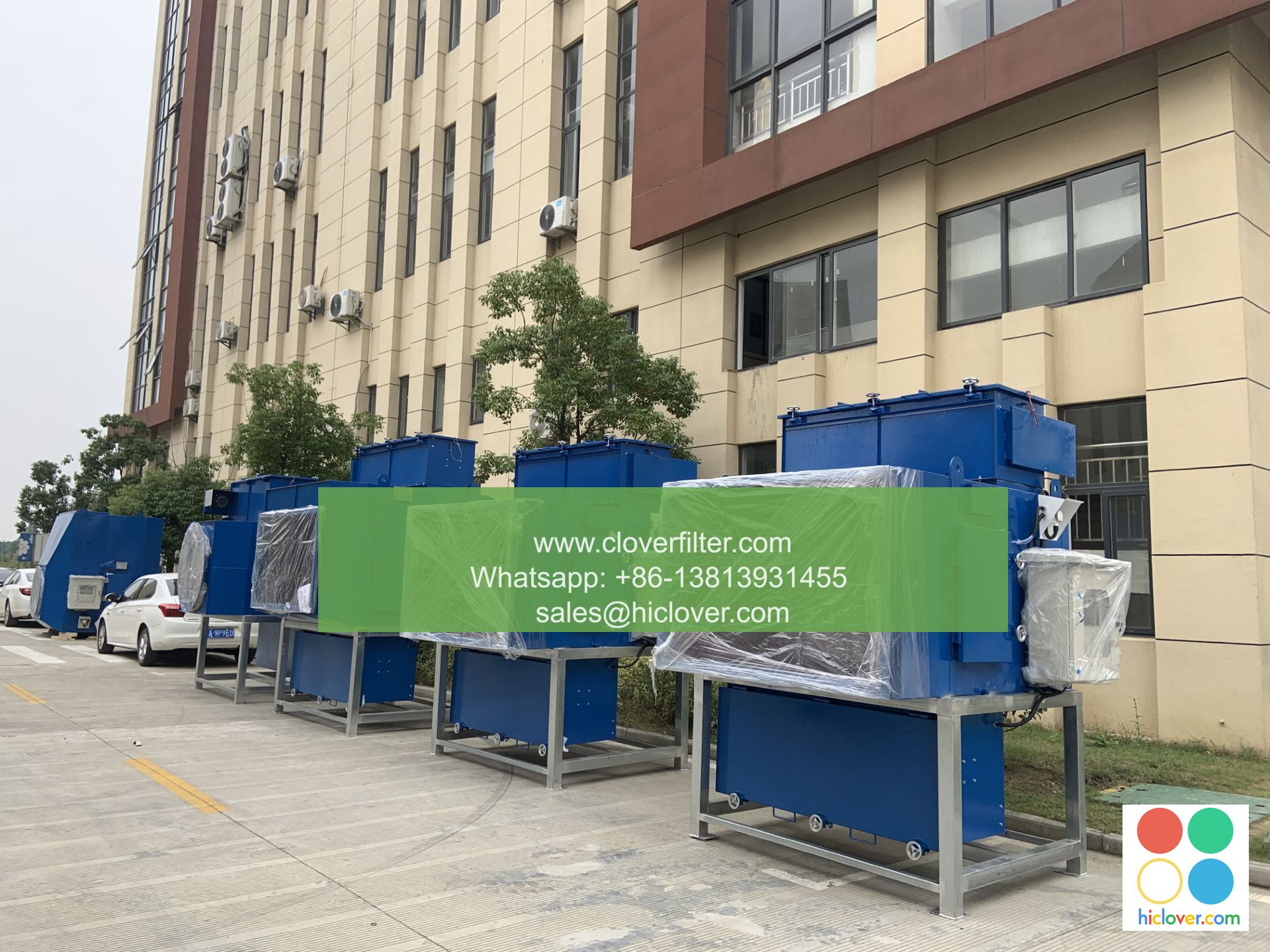Cleanroom Air Filtration: The unsung Hero of Phlebotomy, Surgical, and Other High-Risk Environments

In various high-risk settings, such as phlebotomy, surgical, and pharmaceutical manufacturing, cleanroom air filtration plays a crucial role in maintaining a safe and healthy environment for patients, healthcare workers, and product quality. This often-overlooked aspect of environmental control is essential in preventing contamination, reducing the risk of infection, and ensuring the sterility of patient care equipment and products.
The Importance of Cleanroom Air Filtration
In high-risk environments, airborne contaminants can have devastating consequences. Bacteria, viruses, and other microorganisms can spread easily through the air, putting patients at risk of infection and compromising the quality of products. According to the Centers for Disease Control and Prevention (CDC), standardized cleanroom air filtration is essential in preventing infections, particularly for patients with compromised immune systems.
Key Features of Cleanroom Air Filtration
To effectively maintain a cleanroom environment, air filtration systems must possess several key features:
- High-Efficiency Particulate Air (HEPA) filtration: Captures 99.97% of particles as small as 0.3 microns in size, including bacteria, viruses, and other microbes.
- Unidirectional airflow: Helps to prevent contaminants from entering the cleanroom environment and ensures a smooth flow of air that minimizes mixing with surrounding air.
- Negative Pressure: Creates a pressure gradient that prevents contaminated air from entering the room and ensures that air is drawn out of the room, reducing the risk of contamination.
Applications of Cleanroom Air Filtration
Cleanroom air filtration is a critical component of various high-risk environments, including:
- Phlebotomy and Blood Drawing: Ensures a sterile environment for blood sampling and testing, reducing the risk of contamination and infection.
- Surgical and Operating Room Environments: Maintains a sterile environment for surgery, minimizing the risk of surgical site infections and promoting patient safety.
- Pharmaceutical and Biotechnology Manufacturing: Provides a controlled environment for the production of critical drugs and biotechnological products, ensuring their purity and efficacy.
- In-Vitro Fertilization (IVF) and Reproductive Medicine: Creates a sterile environment for embryo transfer and other delicate procedures, increasing the chances of successful implantation and reducing the risk of infection.
Benefits of Cleanroom Air Filtration
Implementing cleanroom air filtration systems offers numerous benefits, including:
- Improved Patient Outcomes: Reduces the risk of infection and contamination, resulting in better patient outcomes and reduced healthcare expenses.
- Increased Product Quality: Enhances the purity and efficacy of pharmaceuticals, biotechnology products, and other critical goods.
- Cost Savings: Reduces the need for costly cleaning and disinfection procedures, as well as potential reprocessing and remanufacturing of contaminated products.
- Staff Retention and Morale: Creates a safer and healthier work environment for healthcare professionals, reducing turnover rates and improving job satisfaction.
Conclusion
Cleanroom air filtration is the unsung hero of high-risk environments, playing a vital role in maintaining a safe and healthy atmosphere for patients, healthcare workers, and product quality. By understanding the importance of cleanroom air filtration and implementing the correct system, organizations can reduce the risk of contamination, improve patient outcomes, and enhance product quality. As the demands for sterile and contamination-free environments continue to grow, the importance of cleanroom air filtration will only continue to rise.
I’m happy to help! What would you like to talk about or ask? Do you have a specific topic in mind or would you like me to suggest some prompts?


